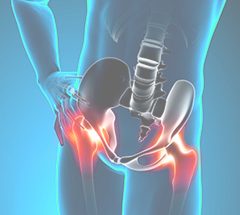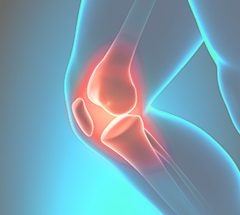
In today’s world, people are more and more focused on getting better results faster. Well, the realm of spine surgery is no different, as people have started looking for an alternative to traditional spine surgery.
Traditional spine surgery is an invasive procedure where the doctor temporarily pulls the muscles surrounding the spine aside to get a better view of the injury. Just like other traditional surgical procedures, this one often leads to long recovery periods accompanied by prolonged pain. Luckily, new technological advances have given way to minimally invasive surgical techniques that provide treatment for spinal conditions.
As with any changing technology, it is always the benefits of the change that attracts people to the new trend. So, what exactly are the benefits attracting patients to minimally invasive spine surgery? To name a few:
- Smaller incision leading to smaller scar
- Decreased blood loss during surgery
- Shorter length of hospital stay after surgery
- Less pain after surgery
- Less pain medication needed during hospital stay
- Less risk of infection
- Less muscle and tissue injury
- Faster recovery time
- Faster return to normal activities
Now that we understand why minimally invasive spine surgery is beneficial, lets take a step back and learn exactly what the procedure entails.
How MIS spine surgery works
Like traditional spine surgery, the minimally invasive option uses preoperative imaging, like CT scans and MRIs, to plan the surgery and diagnose the spine injury properly. Similarly, special imaging called fluoroscopy is utilized in both types of surgery in the guiding and placement of instrumentation. Upon conclusion of the procedure the imaging is used again to place stabilization items like rods, screws, or plates. Another similarity between the two types of surgery is the access point to the patient’s spine: from the front, rear, or side of the body.
Although similar in some ways, the two spinal surgeries part ways at a crucial point. The main factor that sets minimally invasive spine surgery apart from its traditional counterpart is the use of a smaller incision. During the surgery, a small incision is made where the spine injury is located. Then a small tube, called a tubular retractor, is inserted, allowing the muscles to be kept open for the remainder of the procedure. From there the surgeon may place a small camera inside the tube to help guide the surgery. He or she then uses small surgical instruments to fix the spinal injury through the tube.
Ultimately there is significantly less tissue and muscle damage because less cutting is required. After a successful procedure, all the benefits of minimally invasive spine surgery listed above can be seen clearly, creating a more effective surgery faster.
When is MIS spine surgery the right choice?
Just like anything, minimally invasive spine surgery may not be the right choice for every patient. Some patients have other medical issues like heart disease, diabetes, or osteoporosis that may cause unforeseen complications if MIS spine surgery is used. Surgeons carefully consider the age, pre-existing conditions, overall health, and functional ability before recommending this surgery. Furthermore, in many cases spinal surgery is not a pertinent necessity; thus, doctors take the time to educate themselves and their patients on the spinal injury and potential treatment options.
The end result
The final result for most patients after minimally invasive spine surgery is a well-done procedure resulting in faster recovery and less pain. Make sure to ask to explore all surgical options before you choose which one is the right one for you.
Citations:
Eidelson, Stewart G. “Minimally Invasive Spine Surgery Center – Spinal Decompressions, Spinal Fusions, Spinal Instrumentation.” SpineUniverse. Vertical Health, 11 Dec. 2015. Web. 04 May 2016.
“Minimally Invasive Spine Surgery | Minimally Invasive Back Surgery.” Minimally Invasive Spine Surgery | Minimally Invasive Back Surgery. Back.com, 2015. Web. 04 May 2016. <http://www.back.com/spine-back-surgery/back-surgery-options/minimally-invasive-spine-surgery/>.













